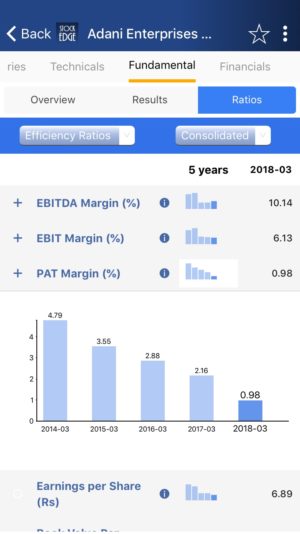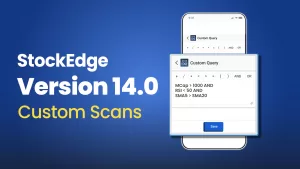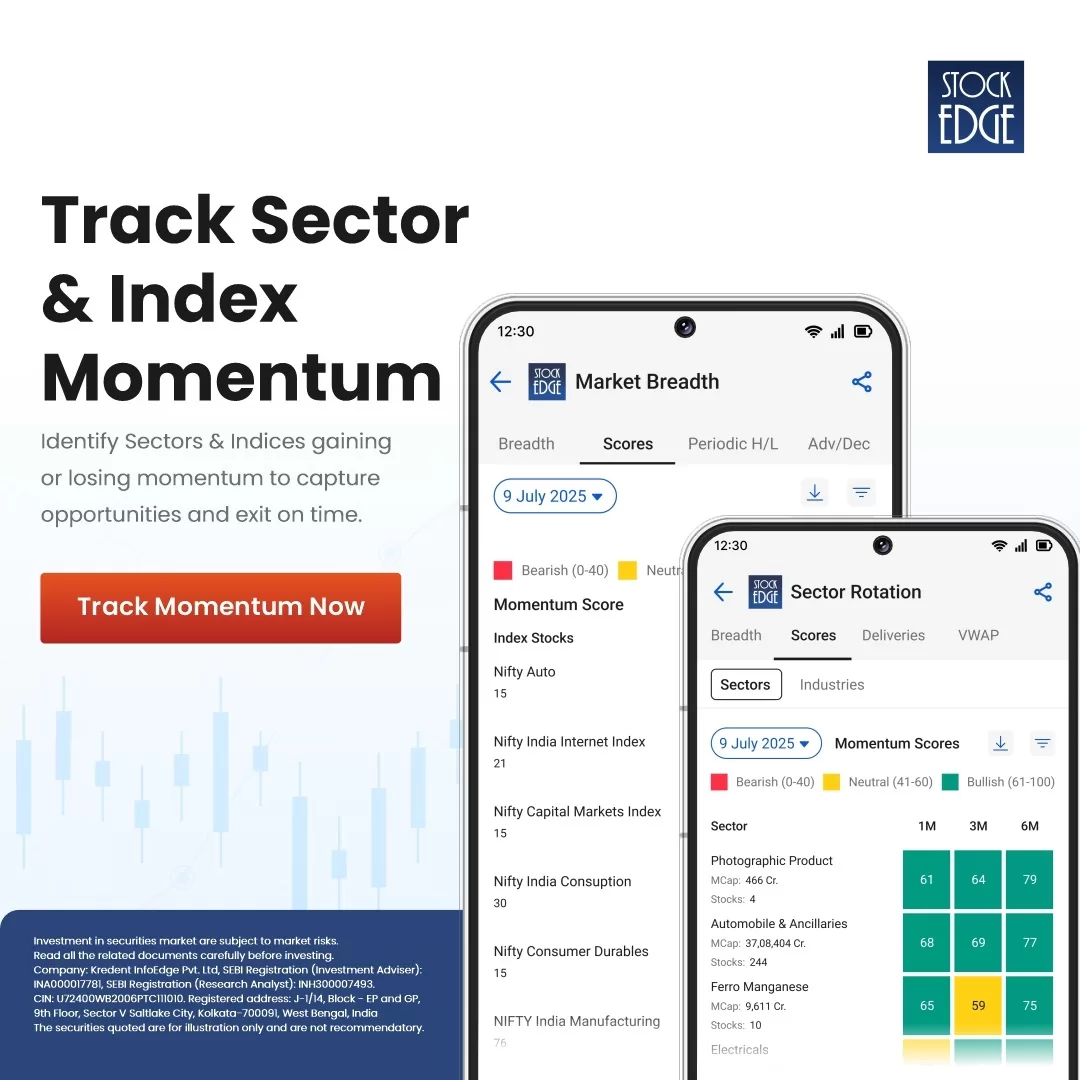Table of Contents

Investing in a company is like playing detective – you have to look at all the clues to solve the case. And the most important clues are the sales and PAT growth figures, which can tell you how well the company is doing even in good or bad macro situations. It’s like the company’s report card, but for grown-ups.
But what about Pat Margin? Well, that’s like the icing on the cake. It shows you how much of the company’s revenue is actually turning into profit. Think of it like a chef’s secret recipe – the higher the Pat Margin, the more delicious the profits! So, if you want to be a savvy investor, keep your eyes peeled for those jaw-dropping Pat Margins.
What is PAT Margin?
Profit after tax margin is calculated by net profit after taxes divided by total sales. This ratio is an important fundamental parameter as it tells the investors the percentage of money the company earns per each rupee of revenue. Net Profit Margin indicates the management’s efficiency in generating profit from its sales after meeting its operating and overhead costs. If the PAT growth margin of a company is increasing every quarter or yearly basis then it is presumed positive for the company.
You can also watch the below video on Everything you want to know about PAT (Profit after tax) margin:
Impact of PAT Margin
Higher net profit means that the company is more efficient at converting sales into profits. Net Profit is the rupee value of sales remaining after meeting operating expenses, interest, taxes and preferred stock dividends. It is also known as the bottom line, net income or net earnings. This parameter is used to compare the profitability of its peers in the same sector. This ratio is also used to determine the profit potentiality of different sectors. Some sectors are able to generate high PAT Margin while other sectors offer a very narrow margin. It depends on the elasticity of demand, product differentiation, and extent of the competition of the relevant market or product.
See also: EBITDA Margin (%)
Formula for PAT Margin
Net Profit = Total Revenue – Total Expenses
Net Profit Margin = Net Profit/Total Revenue
Therefore, a firm with revenue of Rs 125,000 and net profit is of Rs. 15,000 would have:
Profit after Tax Margin of 15,000/125,000 = 12%
We don’t have to calculate After Tax Profit Margin on our own. StockEdge gives us After Tax Profit Margin of the last five years of any company listed in the stock exchange. We can look and compare the After Tax Profit Margin of any company and filter out stocks accordingly.
Suppose we want to look at the After Tax Profit Margin of Adani Enterprises Ltd. of last 5 years. In the Fundamental tab of Adani Enterprises Ltd., click on the fundamentals tab, we will get the Ratios tab. Then in the Ratios tab click on Efficiency Ratios, After-Tax Profit Margin will come of Adani Enterprises Ltd.

Frequently Asked Questions
What is Pat margin?
PAT margin is a financial performance ratio calculated by dividing net income by net sales. A company’s Profit after Tax margin is significant because it shows how well a company controls its costs.
How is PAT calculated?
Profit after Tax (PAT) is the amount of money which is left after subtracting total business expenses from the company’s total revenue. It is a calculation that includes almost all financial transactions in your business. PAT = Total Income – Cost of Goods or Services (COGS) – Operating Expenses – Other Expenses – Interest – Depreciation – Taxes Where, Total Income = Revenue/ sales + income from other sources. Cost of Goods or services – Expenses on raw material, labor expenses, etc. Operating Expenses – Fixed costs which are not associated with the amount of work order a company is processing like rent, insurance, advertising, employee salary, etc. type of expenses. Interest – Interest on any loans the company has taken. Depreciation – Depreciating value of assets is also deducted. Taxes – applicable taxes. It is also referred as bottom line of a company’s income statement.
What is PAT growth?
Calculate the business’s PAT growth by subtracting the last period’s PAT from the current period’s PAT. Analysts use this year versus last year, this quarter versus last quarter or this quarter versus the previous year’s comparable quarter. Take the difference and divide it by the PAT from the last period, then multiply that number by 100. This gives you a percentage growth rate between the two periods of time. Here’s an example. Suppose your business posted a net profit of Rs.300, 000 last year and a net profit of Rs.360, 000 this year. The difference between the two years is Rs.60, 000. Divide this by last year’s PAT, Rs.300, 000, and you get 0.2. Multiply this by 100 and you’ll find a strong 20 percent net income growth over last year.
Bottomline
This is an important ratio for the investors to take any investment decision as it shows how the company is able to control costs and provide profits as dividends to the investors. This data is easily available under ratios section of each share. We also have scans based on PAT growth, with the help of these filter out companies generating increasing Pat growth in seconds, subscribe to Stockedge. If you still do not have the StockEdge app, download it right now to use this feature. It is a part of the premium offering of StockEdge App.
Subscribe: Stockedge Premium









